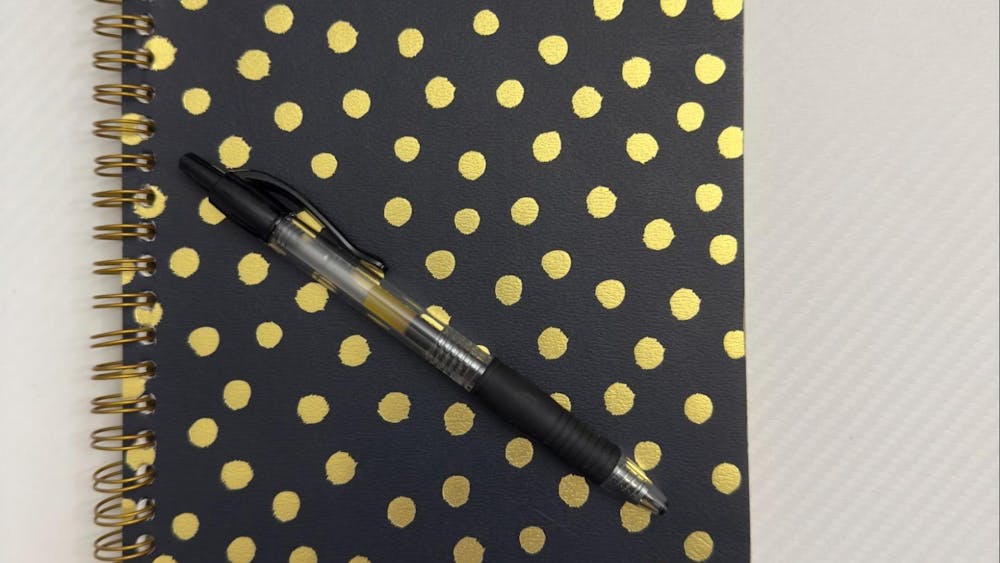Eastern Michigan University student Ashley Taylor-Voss received the Undergraduate Research Stimulus Award for her research on the effect of space weather on Mars.
The Office of the Provost and the vice president for Academic and Student Affairs sponsored the award, and its primary purpose is to expedite research partnerships between undergraduates and faculty mentors on EMU’s campus. Taylor-Voss was assisting physics professor Dave Pawlowski with his own Mars research and is now focusing on space weather and its effects on Mars.
In her research proposal, Taylor-Voss explained the concept of space weather as well as the potential uses for atmospheric prediction here on Earth. There is argument in the scientific community that manmade satellites currently orbiting or scheduled in the future to orbit Mars could be at risk of damage or destruction. Taylor-Voss’ proposal suggested that if we are able to predict the weather, accommodations for projects such as the Mars Atmosphere and Volatile Evolution mission can be made to ensure the safety of equipment. Weather mapping of Mars will assist in finding the most ideal placement of future satellites as well.
Taylor-Voss’ proposal also suggested that if we understand the history of Mars’ atmosphere and weather conditions, we may discover what happened to the water on Mars. She asked if what happened to Mars is a glimpse into the future of Earth. Although Mars is closer to the sun than the Earth, science suggests at one point in history the conditions on the planet were similar to those of Earth.
She explained the process of atmospheric stripping, which is the sweeping of atmospheric particles into space when solar flares hit the Martian atmosphere; the result is the thinning of the atmosphere. Dust storms on the planet’s surface also play a role in the condition of Mars. These dust storms and solar flares have contributed to the atmosphere that exists on the planet today.
Taylor-Voss will be learning how to run a 3-D global circulation model on a NASA supercomputer, which she will be controlling remotely from home. This supercomputer will simulate Mars and its atmosphere, allowing her to run cases of different solar flares and dust storms and analyze the results for her research.
With much to learn from this project in the future, Taylor-Voss works to answer some scientific questions, including what happened to the water on Mars, and if the water left, could the same thing happen to Earth?








